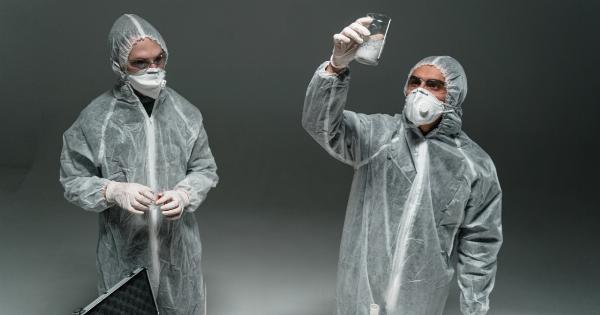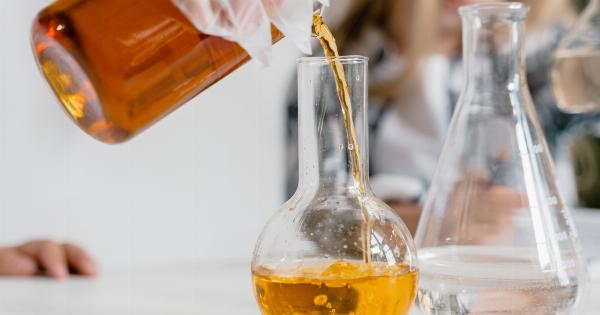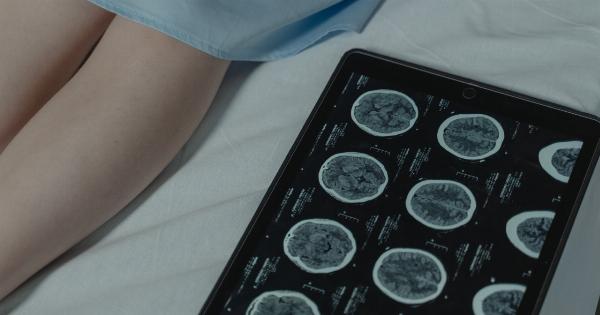Transfusions of blood and blood products are essential for various medical procedures, including surgeries, trauma management, and the treatment of chronic illnesses.
However, the demand for blood transfusions often surpasses the available supply, leading to potential shortages. To address this critical issue, a team of British scientists has recently made a groundbreaking breakthrough in the field of artificial blood transfusions.
The Challenges of Blood Transfusions
Although blood transfusions have been a standard medical practice for decades, there are several challenges associated with traditional blood transfusions.
One of the major hurdles is the limited supply of donated blood, which can be exacerbated during emergencies or in countries with low donation rates. Additionally, ensuring compatibility between donor and recipient blood types is crucial, as mismatched transfusions can lead to severe complications, including immune system reactions and organ failure.
The Promise of Artificial Blood
The development of artificial blood has long been a goal in the medical field.
By creating a blood substitute that closely mimics the properties and functions of real blood, scientists hope to overcome the challenges posed by limited supply and compatibility issues. Artificial blood could also be stored for extended periods, eliminating the time-sensitive nature of blood donations.
Previous attempts at creating artificial blood were limited by the inability to replicate all the essential components.
However, the breakthrough achieved by British scientists involves the successful synthesis of a substance that not only carries oxygen but also possesses the necessary physical and chemical characteristics of real blood.
The Innovative Approach
The recent breakthrough in artificial blood transfusions was accomplished through a novel technique developed by the British research team.
Instead of trying to create all the components of blood independently, they focused on recreating the critical oxygen-carrying component, known as the erythrocyte, or red blood cell.
Using advanced bioengineering methods, the scientists were able to generate artificial erythrocytes that closely resemble natural red blood cells in structure and function.
These artificial erythrocytes are composed of biocompatible materials that can effectively transport oxygen to tissues and organs throughout the body.
Advantages and Applications
This breakthrough in artificial erythrocyte production offers numerous advantages and has a wide range of potential applications.
Firstly, the ability to synthesize erythrocytes on demand could significantly address the shortages of donated blood, ensuring a reliable supply for transfusions.
Additionally, artificial blood could eliminate the need for blood type matching, making transfusions more accessible and timely. This development is particularly crucial in emergency settings where time is of the essence and resources may be limited.
Furthermore, artificial blood’s versatility enables it to be used in a variety of medical procedures, including surgeries, trauma treatments, and the management of chronic conditions such as anemia.
Future Implications and Challenges
The breakthrough achieved by British scientists in the field of artificial blood transfusions opens up a world of possibilities for revolutionizing healthcare.
However, there are several challenges that need to be addressed before widespread implementation becomes possible.
One of the primary concerns is the long-term safety and efficacy of artificial blood.
Extensive clinical trials and rigorous testing will be necessary to ensure that artificial erythrocytes do not cause any detrimental effects or complications in transfusion recipients.
Another challenge is the scalability of artificial erythrocyte production. While the research team has successfully synthesized artificial erythrocytes in the laboratory, mass production on a larger scale has yet to be achieved.
Developing efficient production methods will be crucial to meet the high demand for transfusions.
Additionally, the cost of producing artificial blood needs to be considered. Although the potential benefits are immense, ensuring affordability and accessibility will be vital to its widespread adoption across various healthcare systems globally.
The Road Ahead
Despite the challenges ahead, the breakthrough achieved by British scientists significantly advances the field of artificial blood transfusions.
The successful synthesis of artificial erythrocytes brings hope and potential solutions to address the critical shortages and compatibility issues associated with traditional blood transfusions.
As further research and development occur, it is expected that artificial blood could become a fundamental component of modern medicine.
Ultimately, this groundbreaking achievement has the potential to save countless lives and revolutionize healthcare practices worldwide.































